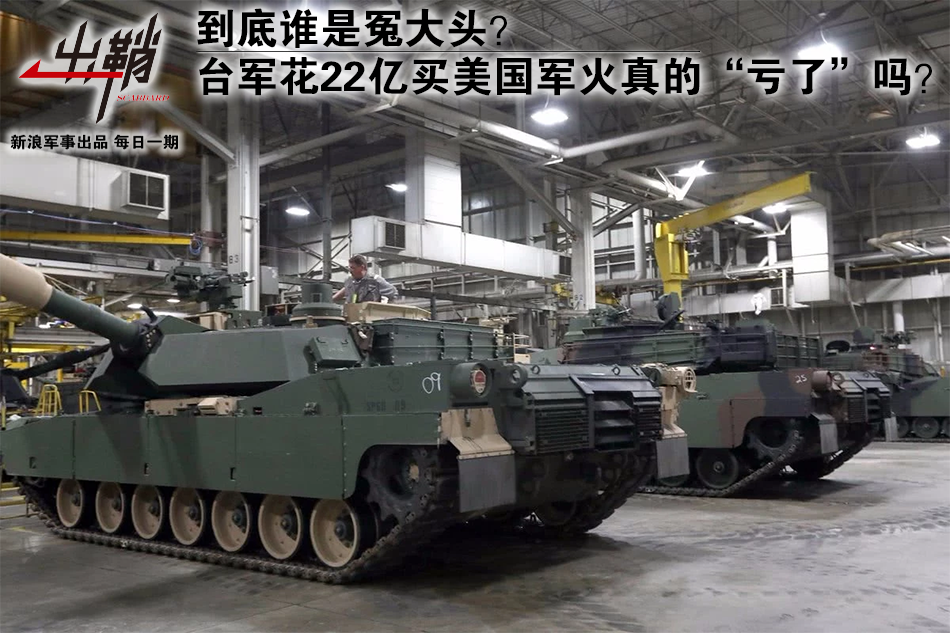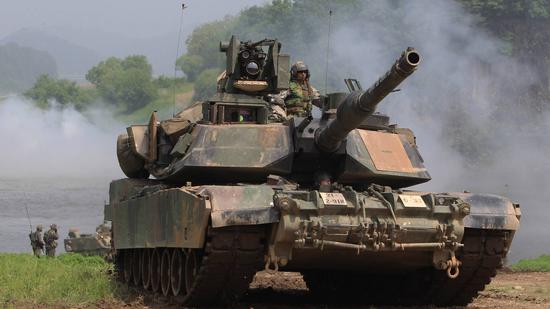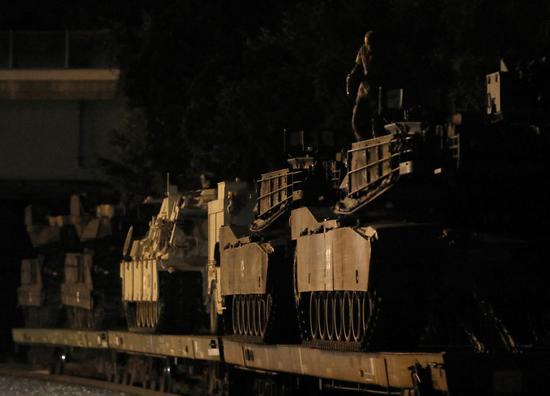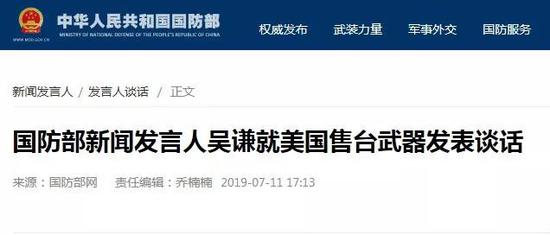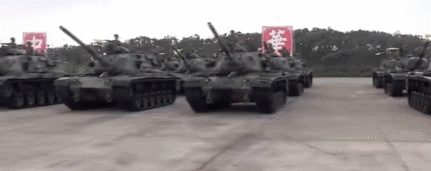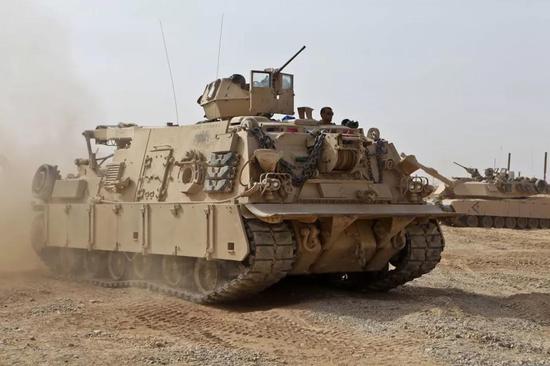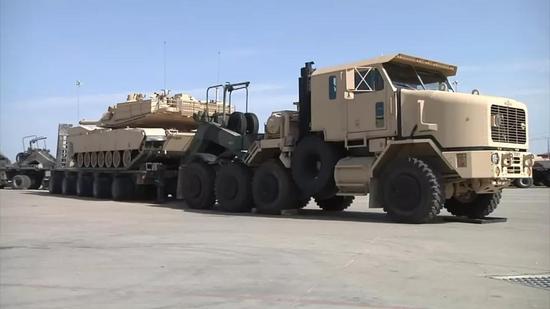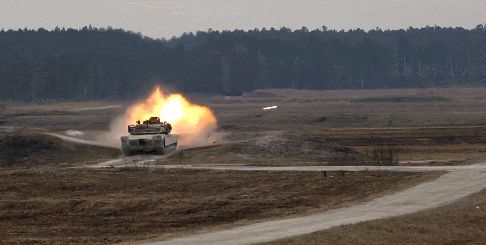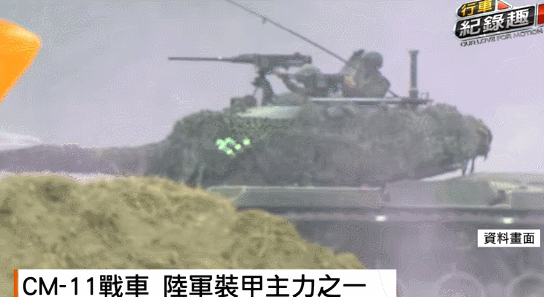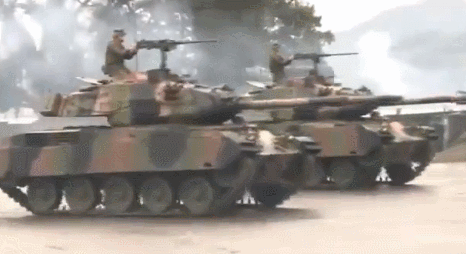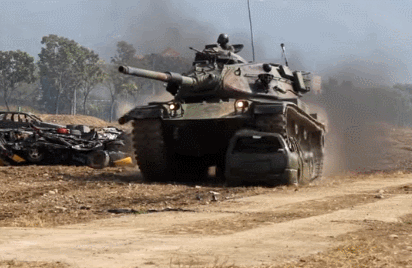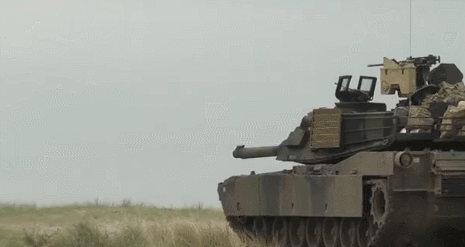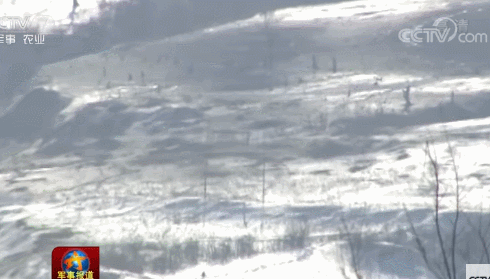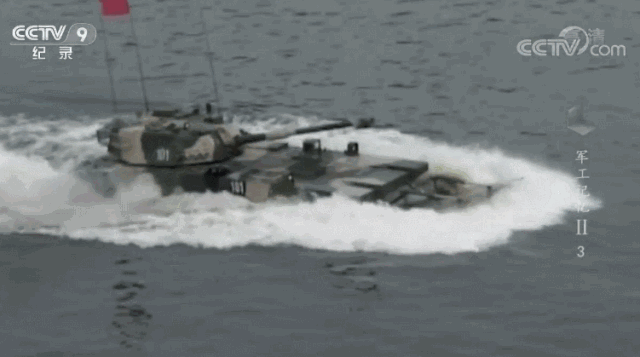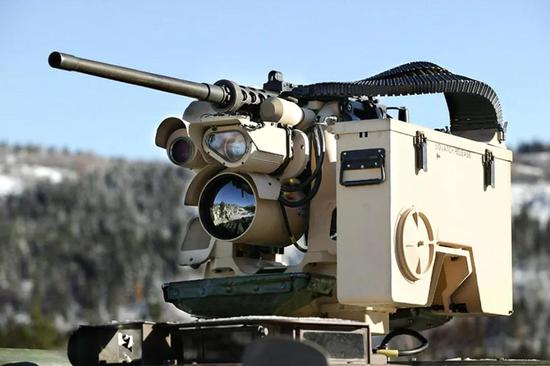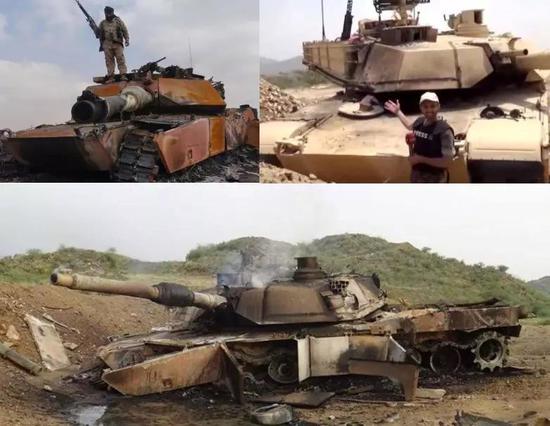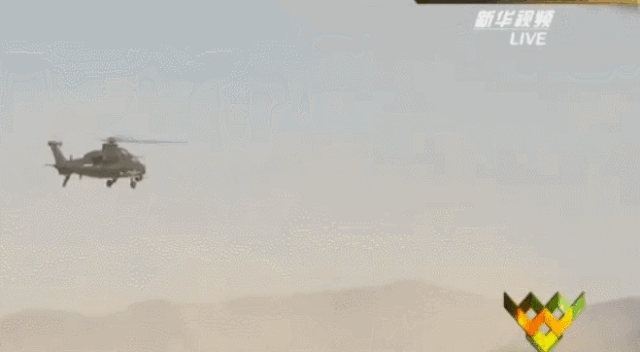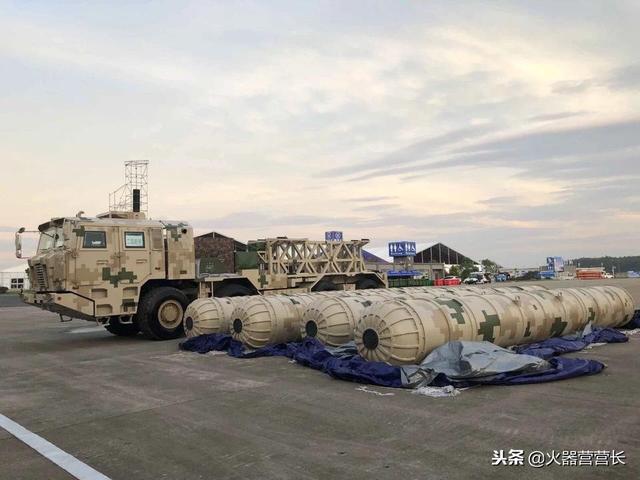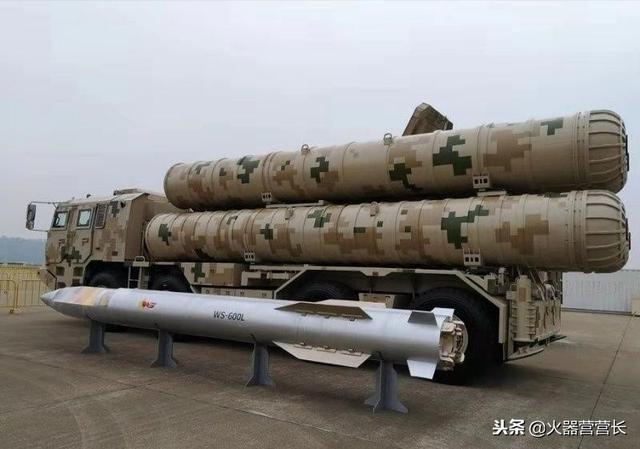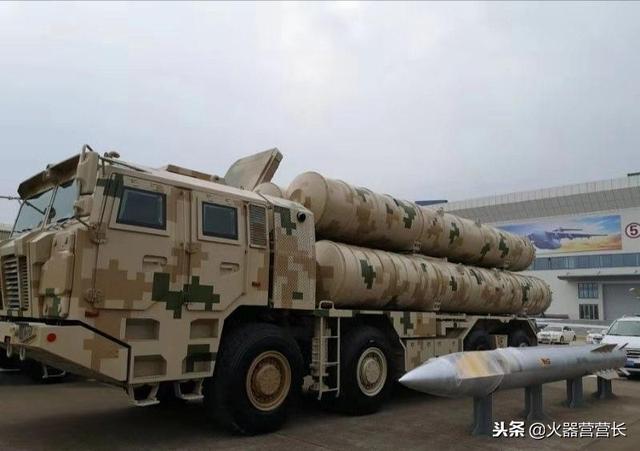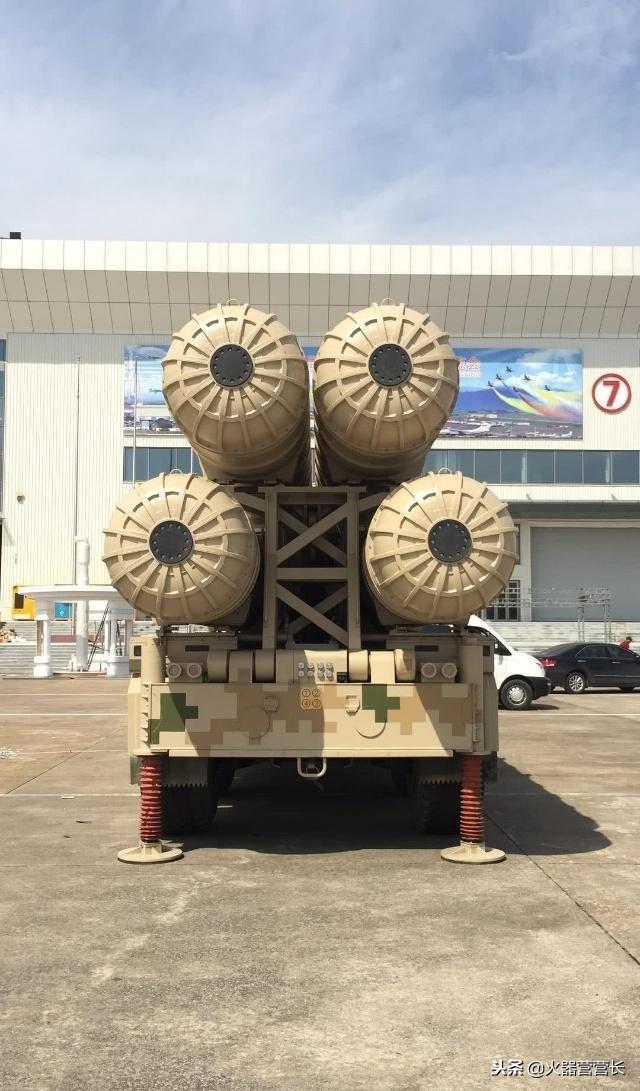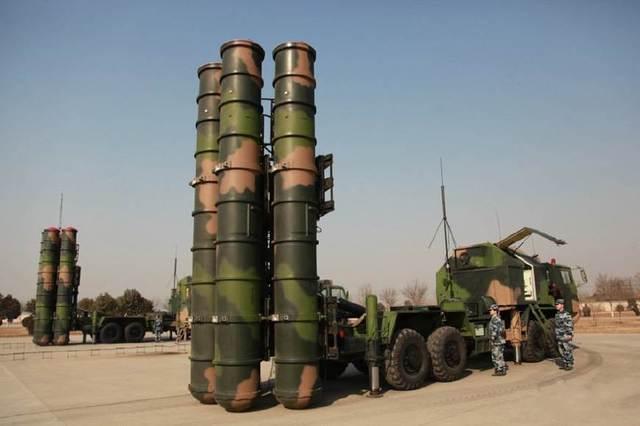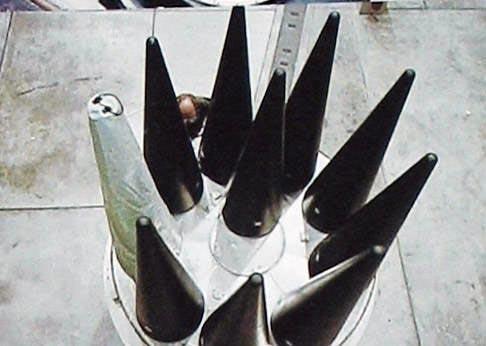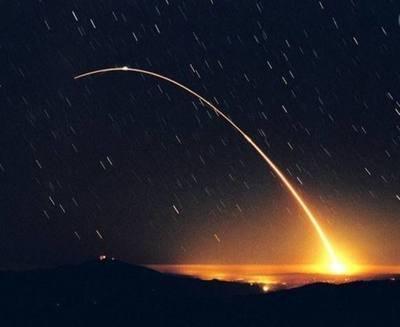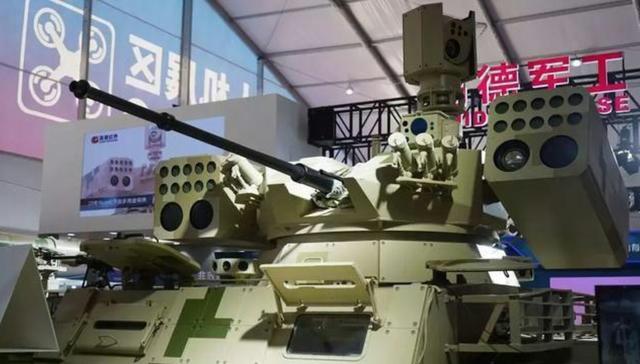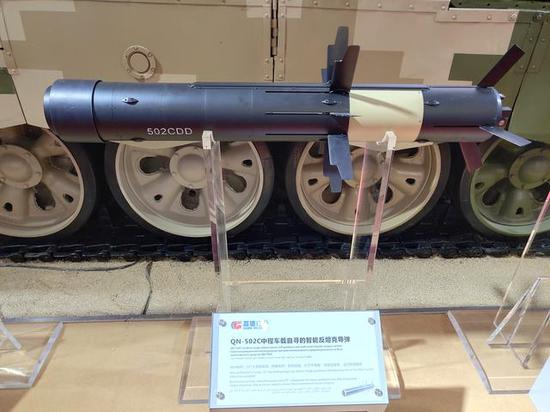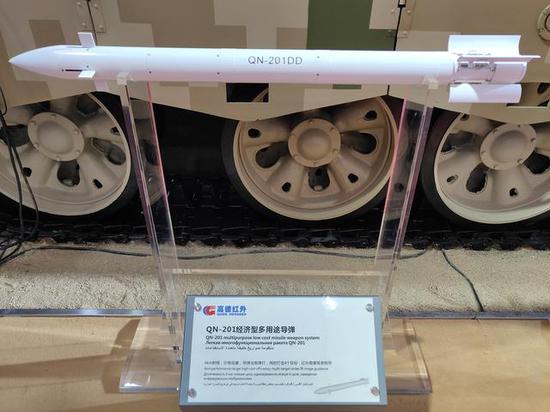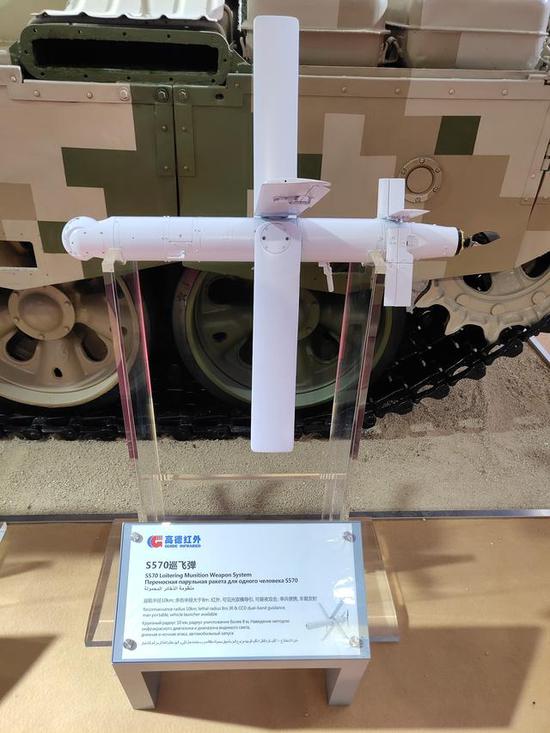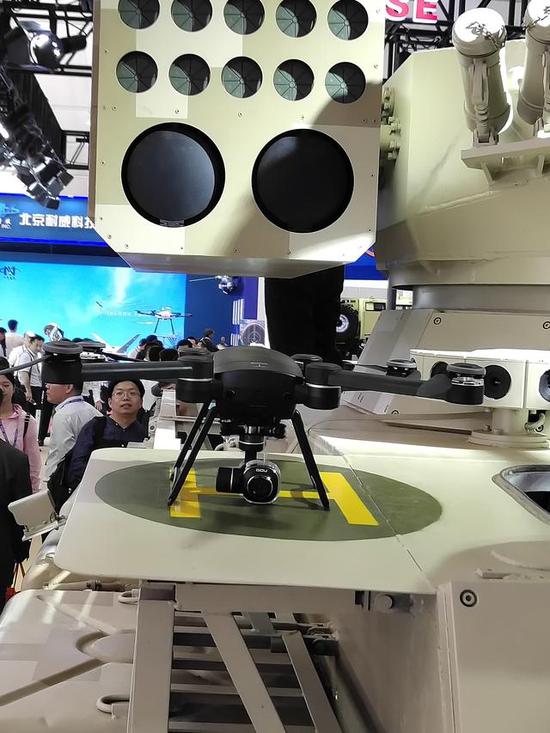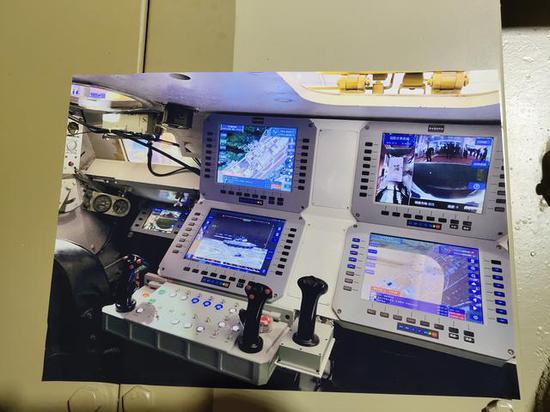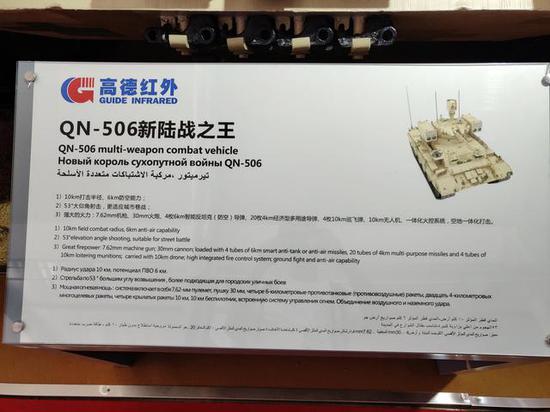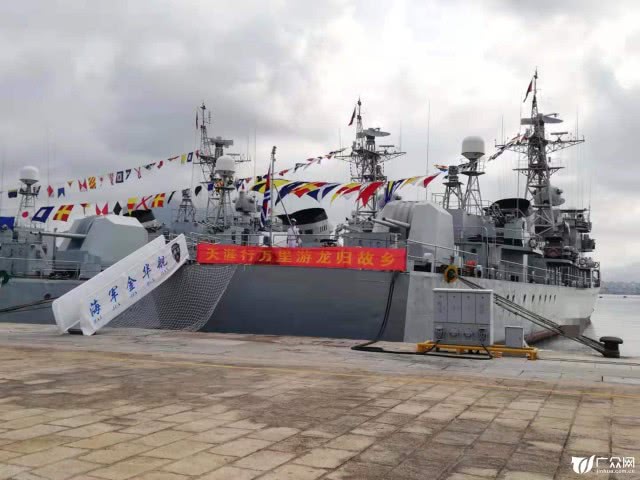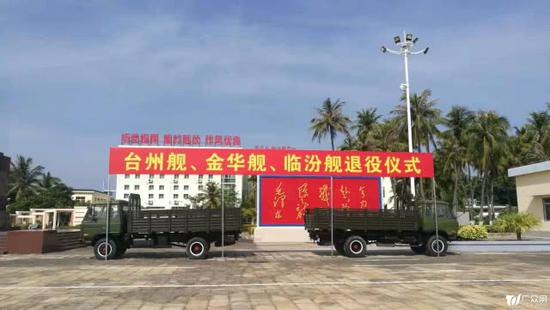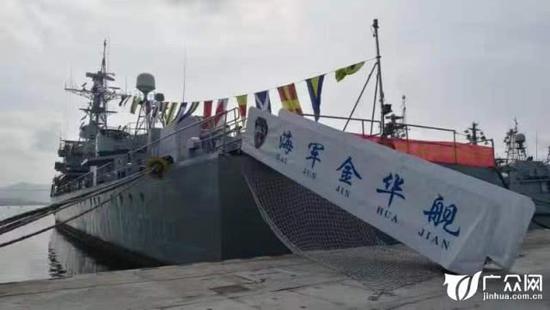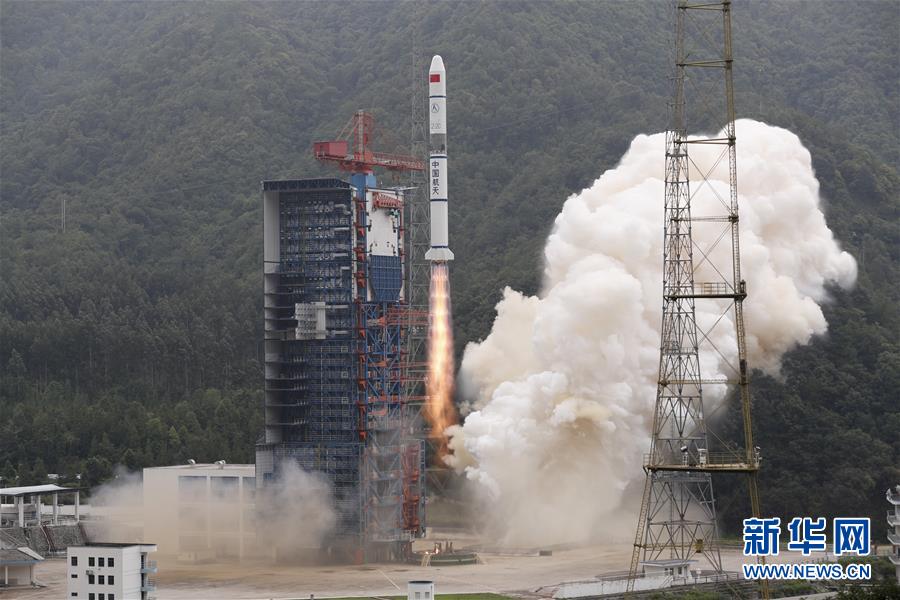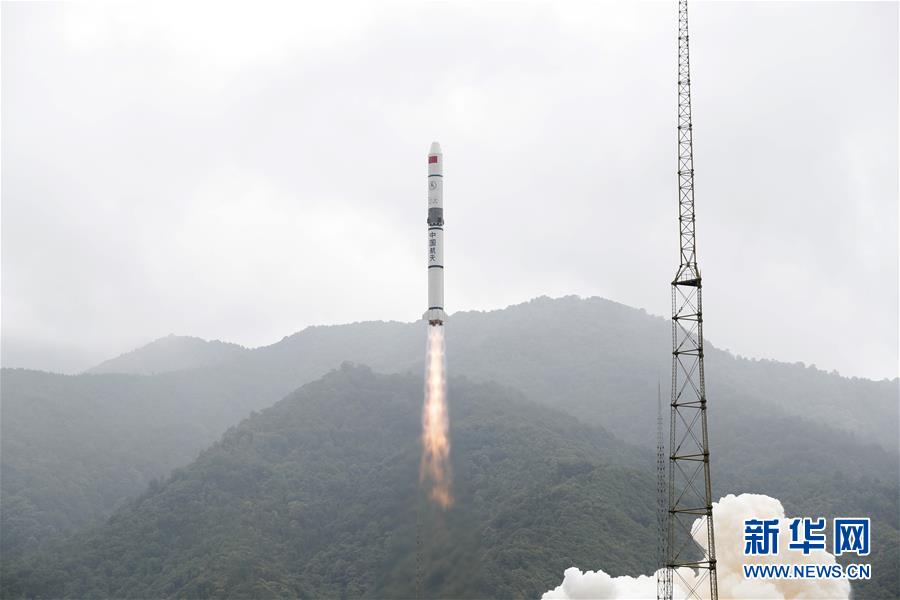- Joined
- Nov 29, 2016
- Messages
- 5,674
- Points
- 63
https://mil.news.sina.com.cn/jssd/2019-07-09/doc-ihytcerm2344009.shtml
中国空军原装苏27已全部退役?去年还曾赴俄军演
中国空军原装苏27已全部退役?去年还曾赴俄军演
136
“中国苏27全部退役”这个谣言,应该也可以算作中国军迷圈的月经假消息了吧?每隔一段时间就有无良账号拿出来说一次,这类内容确实容易博得眼球(非常可恶),但也误导了不少读者!
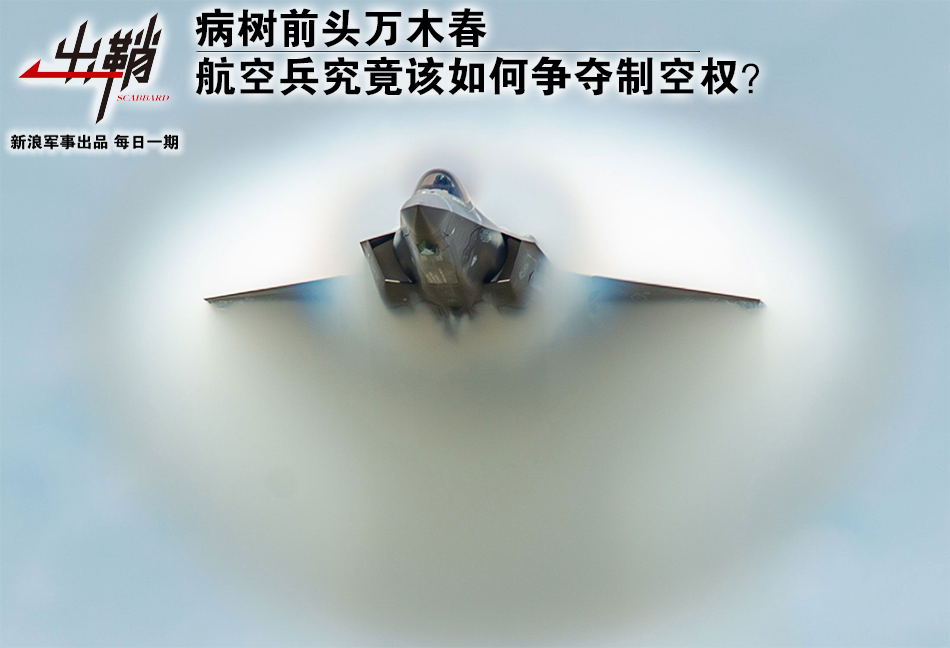
病树前头万木春:航空兵究竟该如何夺取制空权?1/16
查看原图图集模式
在之前的《为何歼-20无法成为我国下代舰载机》中,受篇幅所限,我们并没有就海战中的“制空权”问题做太多铺垫,而是直接将“‘夺取制空权’这个词在大多数情况下跟舰载航空兵又没有什么关系”当做了论证前提。不过这也不免使很多没有太多理论知识储备的网友听得云里雾里。毕竟当年作为很多军迷启蒙的军事类杂志和电视节目都是将“制空权”一词作为战争的“制胜法宝”供上神坛的。

















就在前段时间咱们写文章谈了中俄第二批苏-35SK型歼击机的军贸问题,文章下面的评论笔者看了,好些读者都在抱怨“没想到我们从俄罗斯买的苏-27都退役了,还得问“毛熊”要最新的苏-35SK”——中俄苏-35SK的军贸笔者在上一篇文章中说的很详细了就不再赘述。
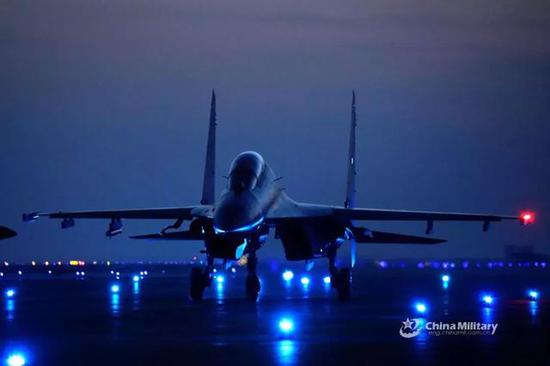
今天我们重点来谈这个问题:中国到底向俄罗斯采购了多少架苏-27SK/UB的成品机,这些飞机技术状态如何,是否真的如同传闻所说的那样,“寿命很短,早都已经没法使用了”?
中国一共采购多少架苏-27?
咱们先说一说中国到底向苏联/俄罗斯进口了多少架原装成品苏-27型战斗机。由于众所周知的因素——一方面得益于中国空军内部热情倡导苏-27型战斗机军贸的是时任中国空军副司令员的、传奇式的林虎中将。
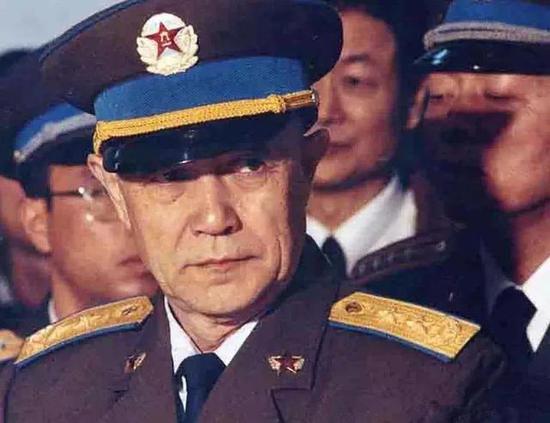
另一方面得益于各种各样、使用了诸多添油加醋桥段描述苏-27采购案的报告文学,中国空军进口苏-27型战斗机这一在空军建军历史上具有划时代意义的历史事件在经历了29年的风云后已经越来越有都市传说的特征了。
中国采购的第一批苏-27
其实历史的本来面目很简单,把它细细剥开以后没什么好说的,大家只要记住这样几个节点就是了:1990年6月中央军委常务会议决定向苏联采购苏-27型歼击机,整个采购工程也因此代号“906工程”。
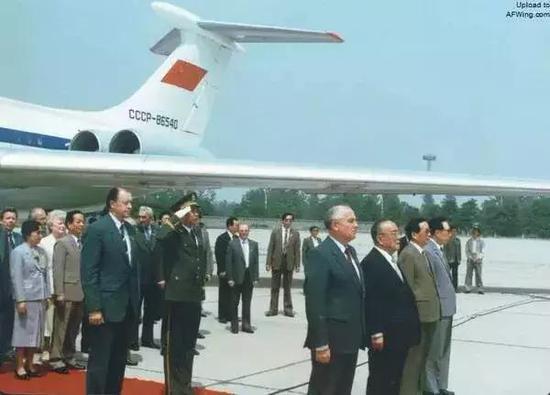
1990年10月苏联分管部长会议副主席率团访华并于11月1日签署了《中苏政府间军事技术合作委员会第二次会议纪要》(简称《纪要》),基本敲定了中苏之间苏-27型战斗机的采购合同。
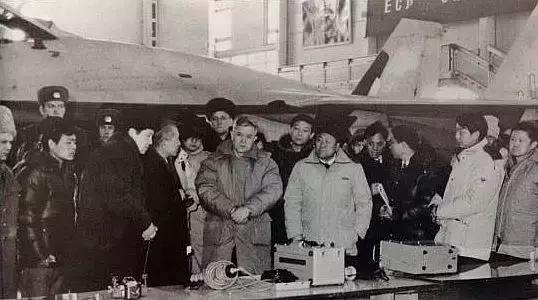
1990年12月28日中苏双方正式签订了采购苏-27S型战斗机与苏-27UB型双座教练机的采购合同,首批供货合同24架,意向采购合同另有24架,合在一起,一共48架苏-27型,这就是整个“906”工程在苏联解体之前的故事。
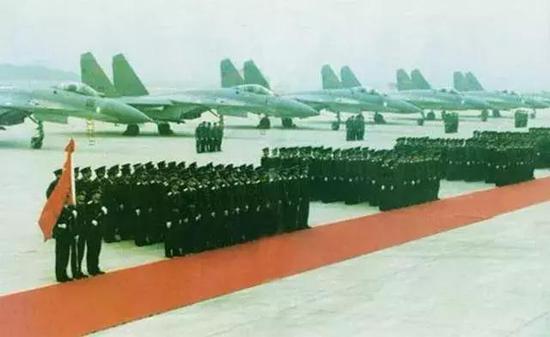
合同虽然签了,但是实际执行的过程中与合同规定的条款还是有些偏差的——比如首批供货合同,尽管合同规定的供货数量是24架,但苏方(实际交付的时候已经是俄方了)先期交付了2架苏-27UB给中国空军熟悉装备和开展预先训练,而后才开始履行合同,因此首批装备苏-27型战斗机的空军航空兵某团(当然军改之后都已经团改旅了)实际上拿到的是26架苏-27SK/UB型战斗机,其中20架是由共青城制造的苏-27SK型,6架是由伊尔库茨克制造的苏-27UB型。
中方采购的第二批苏-27
26架飞机到手后,1992年底北所总师李明就已经写信给时任军委副主席的刘华清上将要求引进苏-27型飞机的生产线,并要求同步引进配套的AL-31F型涡轮风扇发动机。
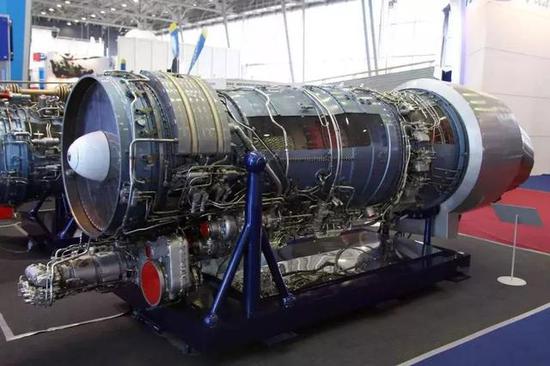
1993年4月份军委就批准了整机引进苏-27生产线的“934”工程,开始了苏-27国产化的进程——但是“934”工程与俄方形成的拉锯反而使得“906”工程提到的第二批意向合同有咕了的迹象:我方坚持要求俄方转让生产线,俄方只同意提供整机成品,双方从1993年拉锯到1994年,眼看第二批苏-27的合同就要飞了,所以最后中俄双方各让了一步,俄方同意向中方转交苏-27型战机的生产线及全部生产技术资料,中方同意把1990年签署的合同全部履行完毕,再订购22架整机装备给第二个航空兵团。

这就是我国弄到的第二批苏-27型战斗机,其中包括有16架苏-27SK型战斗机和6架苏-27UB型战斗机,这批飞机被全部装备到了当时镇守中国南大门的空军航空兵某团(军改之后已经团升旅了),也就是军宅嘴里的“南霸天”,1996年完成了接装工作。这就是中国空军手里面的第二支苏-27部队。因此,截止1996年底,中国空军手里一共有48架苏-27SK/UB战斗机。
1999年采购的第三批苏-27
由于中俄双方谈的“934”工程只涉及到单座型的苏-27SK型歼击机,没有进口苏-27UB双座教练机的合同,伴随着苏-27SK散件/毛坯件组装工作的推进,越来越多的苏-27SK/歼-11型战斗机开始进入空军部队服役,空军前期进口的少量苏-27UB型“同型教”也开始变得不够用了。
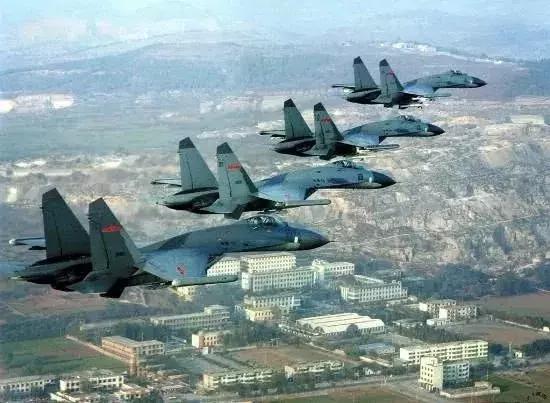
因此1999年中国空军又同俄方签订了第三批苏-27型战斗机的整机采购合同(也有传说这批飞机是俄方作为债务冲抵硬塞给我们的)。
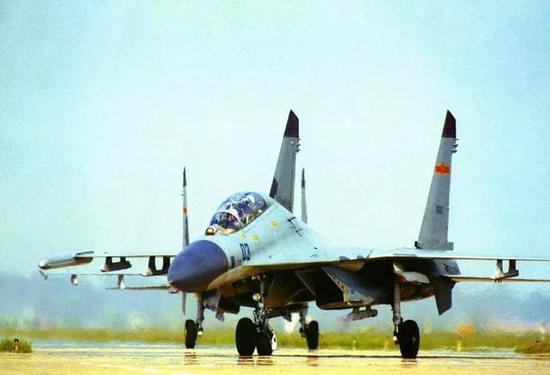
有所不同的是——这次进口的全部都是伊尔库茨克生产的苏-27UB型战斗机,一共有28架,这批飞机全部装备给了驻守“火锅之城”的空军航空兵某团。同时,伴随着歼-11型战斗机的批量装备部队,这批苏-27UB也在不断向外移交,最终该团的苏-27型战斗机的编制表同其它各团基本保持一致。
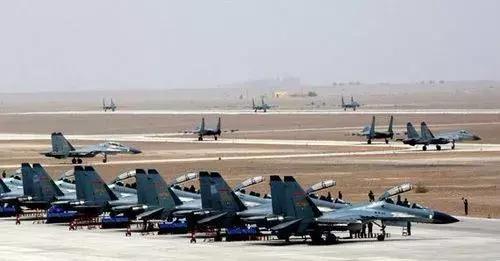
到此时,中俄之间的苏-27整机进口的军贸合同才宣告结束,一共有36架苏-27SK型,40架苏-27UB型,这就是空军全部的原装苏-27。
这三批苏-27的技术状态如何?
在进口的这3批苏-27型飞机中,第1批20架苏-27SK与6架苏-27UB基本上维持着苏联自用型号1990年的技术状态;第2批16架苏-27SK则升级到了1995年的第39批次技术状态,6架苏-27UB则维持1990年的技术状态不变。
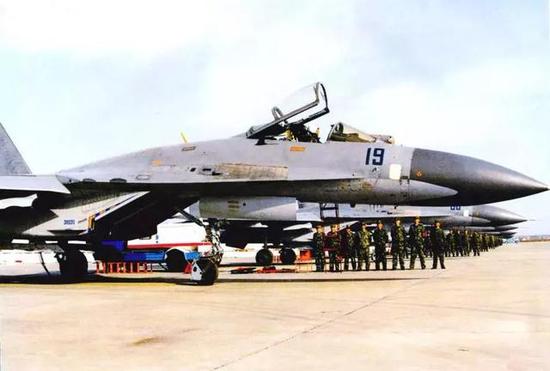
不过,这几批飞机的总体性能比较接近,RLPK-27型火控系统均以N-001型火控雷达(也就是军迷嘴里的倒卡神机)和TS-101火控计算机以及OLS-27型光电雷达为核心,只不过1996年拿到的39批次将雷达天线升级为N-001P型,优化了TWS能力(当然以苏-27SK的火控系统计算能力,这也就算是个画饼),整体性能也就堪堪和美军80年代还没进行PSP升级的F-15C打个平手。
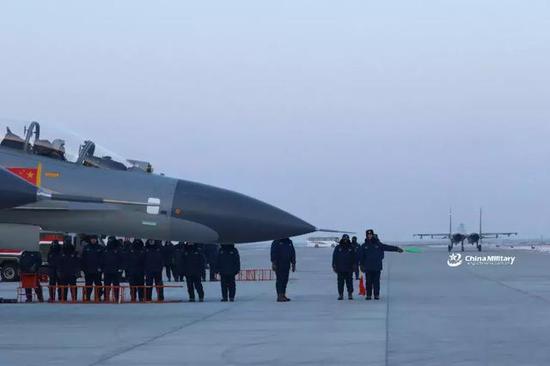
值得说道说道的是1999年拿到的那第三批苏-27UB——我们都知道“三哥”在90年代末期苏-30MKI还停留在纸上的时候同样从伊尔库茨克拿到了一批“先导型”的苏-30K,一共18架,实际上这批有限升级的苏-30K型战斗机的技术状态跟卖给我们的苏-27UB型战斗机极为接近,都可以为RVV-AE型中距弹、Kh-29M等小型空对面武器提供引导。
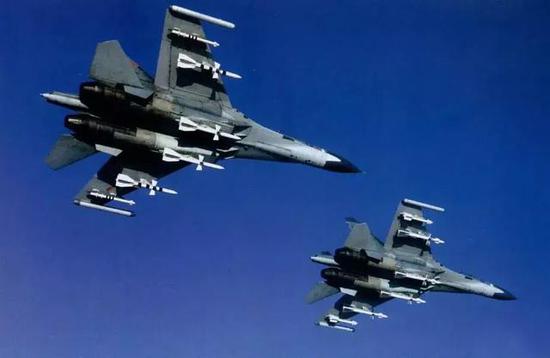
因此你说我们拿到的这28架苏-27UB其实就是苏-30K也没错。只不过当时的中国空军比较务实不整这些虚的,可靠性和勤务性好就可以,而感觉上当受骗了的三哥不出意外在拿到了真正的苏-30MKI战斗机整机后就把这批苏-30K给扔了。
采购的苏-27战斗机寿命怎么样?
最后说说苏-27SK/UB型战斗机的寿命问题,我们都知道很多苏-27型战斗机“寿命短”的段子,从里面还演绎出种种不靠谱的说法,诸如说什么“苏联军队的装备建设是面向实战的,实战中根本用不了那么长时间装备就要报废了”——装备寿命太短的话只会给平时的战备与训练徒增难度;
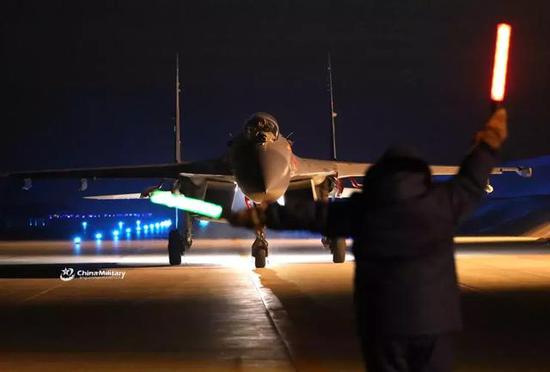
再比如说什么“苏-27的机体寿命只有2000小时,美国人的F-15动辄能做到上万小时”——其实不然,苏-27型战斗机所谓的“寿命短”,很大程度上这口锅要扣到苏联的航空材料分析与结构件疲劳寿命分析不完善的头上。

在苏联设计苏-27的时候,相比较西方已经普遍在整机寿命计算上引入标准型试验和基于有限元分析的定量仿真,苏-27的定寿还是苏联人的老一套——比较粗糙的理论计算加上比较特化的结构试验。
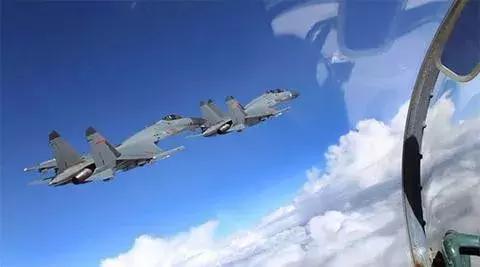
因此最后设计部门也没给出一个准确的数字,那个所谓的“2000飞行小时/停场寿命15年”也并不是最终的日历寿命,只是设计局给的预估值,意思是这飞机能用2000飞行小时、停场15年而不会有任何问题。

但是伴随着结构补强与更换一些到寿部件,尤其是使用新的定寿模型后,苏-27型战斗机的实际使用寿命比这个预估的“2000小时/15年”要长得多——实际上到2000年共青城搞出来苏-30MKK的时候,通过结构补强等措施这个数值就已经提升到了“4000飞行小时/停场寿命25年”了。

至于中国空军手里面的那36架苏-27SK和40架苏-27UB,笔者可以很负责任地说,起码在2018年中俄联合军事演习中,第二批进口的苏-27SK还参加了军事演习,上演了一出“远嫁他乡22年一朝回娘家”的戏码。

而1992年装备部队的苏-27SK尽管确实有部分已经退出现役,但是其实际使用寿命普遍都达到了4000小时/停场25年以上;至于1999年进口的苏-27UB,目前的实际使用寿命也都达到了4000小时以上,而且这些飞机的技术状态都还比较良好,起码在2到3个空军航空兵旅里面依然在正常服役。估计在退役的时候可以飞到5000小时/停场25年。

因此,以后咱们再也别说什么“中国空军买的苏-27全部退役了”——没有的事,人家飞的好好的。(作者署名:军武次位面)
The Chinese Air Force original Su-27 has all been retired? I also went to the Russian military exercise last year.
The Chinese Air Force original Su-27 has all been retired? I also went to the Russian military exercise last year.
136
The rumor that "China's Su-27 is fully retired" should also be counted as a menstrual holiday news of the Chinese military fan circle. Every once in a while, there are unscrupulous accounts to come out and say once, this kind of content is really easy to win eyeballs (very abominable), but it also misleads many readers!
Wan Muchun in front of the sick tree: How should the aviation force seize the air superiority? 1/16
View original image gallery mode
In the previous "Why can't the -20 be our next generation carrier-based aircraft", due to space limitations, we have not made too much preparation for the "air power" issue in naval warfare, but directly "take the air superiority" In most cases, the word has nothing to do with the carrier aviation." However, this will inevitably make many netizens who do not have much theoretical knowledge reserve heard the clouds. After all, as a military magazine and TV program enlightened by many military fans, the word "air power" was used as a "winning magic weapon" for war.
Just a while ago, we wrote an article about the military and trade issues of the second batch of Soviet-35SK fighters in China and Russia. The author commented on the following comments. Some readers are complaining that "I didn't expect the Su-27s we bought from Russia to retire. However, I have to ask "The Bear" to be the latest Su-35SK" - the military trader of the Sino-Russian Su-35SK said in the last article that it will be detailed.
Today we focus on this question: How many Su-27SK/UB finished machines have been purchased from Russia in China? How are the technical status of these aircrafts, as it is said in the rumor, "The life is very short, it has not been long since The law is used?"
How many Su-27s are purchased in China?
Let us first talk about how many original Su-27 fighters imported from China to the Soviet Union/Russia. Due to the well-known factors - on the one hand, the Chinese Air Force's internal enthusiasm for advocating the Su-27 fighter military trade is the legendary Lieutenant General Lin Hu, who was then the deputy commander of the Chinese Air Force.
On the other hand, thanks to a variety of reports, using a lot of oil and vinegar bridges to describe the Su-27 procurement case, the Chinese Air Force imported the Su-27 fighter, a historical event with a epoch-making history in the history of the Air Force. After 29 years of experience, it has become more and more characteristic of urban legends.
The first batch of Su-27 purchased in China
In fact, the original face of history is very simple. After peeling it off, there is nothing to say. Just remember that these few nodes are all right: In June 1990, the Central Military Commission executive meeting decided to purchase the Su-27 fighter from the Soviet Union. The project is therefore codenamed "906 Project".
In October 1990, the Vice-Chairman of the Soviet Ministerial Conference led a delegation to visit China and signed the Minutes of the Second Meeting of the Inter-governmental Military Technical Cooperation Committee of China and the Soviet Union on November 1 (referred to as the "Minutes"), which basically finalized the Sino-Soviet Purchase contract for the Su-27 fighter.
On December 28, 1990, China and the Soviet Union officially signed a procurement contract for the purchase of the Su-27S fighter and the Su-27UB two-seat trainer. The first batch of supply contracts was 24, and the intentional purchase contract was 24, which were combined. There are a total of 48 Su-27s, which is the story of the entire "906" project before the collapse of the Soviet Union.
Although the contract was signed, the actual implementation process is still somewhat different from the contractual provisions - such as the first supply contract, although the contracted supply quantity is 24, but the Soviet side (the actual delivery is already The Russian side first delivered two Su-27UBs to the Chinese Air Force to familiarize themselves with the equipment and carry out pre-training before they began to perform the contract. Therefore, the first batch of Air Force aviation units equipped with the Su-27 fighters (of course, the regiments have been reorganized after the military reform). The tour was changed.) Actually, there were 26 Su-27SK/UB fighters, 20 of which were Su-27SK type manufactured by Gongqingcheng, and 6 were Su-27UB type made by Irkutsk. .
The second batch of Su-27 purchased by China
After the arrival of 26 aircraft, at the end of 1992, Li Ming, the chief of the North Division, wrote to Liu Huaqing, the then vice chairman of the Central Military Commission, to request the introduction of the Su-27 aircraft production line, and requested the simultaneous introduction of the matching AL-31F turbofan. engine.
In April 1993, the Central Military Commission approved the “934” project for the introduction of the Su-27 production line, and began the process of localization of the Su-27 – but the “934” project and the Russian-made sawing made the “906” project The second batch of intention contracts arrived at the wrong signs: we insisted that Russia transfer the production line, and Russia only agreed to provide finished products. The two sides saw it from 1993 to 1994, and saw the second batch of Su-27 contracts. To fly, the Chinese and Russian sides each gave a step. The Russian side agreed to transfer the production line and all the production technical materials of the Su-27 fighter to China. The Chinese side agreed to complete the contract signed in 1990 and ordered 22 additional orders. The aircraft was equipped to the second aviation regiment.
This is the second batch of Su-27 fighters that we got in China, including 16 Su-27SK fighters and 6 Su-27UB fighters. These planes were all equipped to the Air Force Air Force who guarded China’s southern gate. The regiment (has been promoted to the regiment after the military reform), that is, the "South Ba Tian" in the military house mouth, completed the pick-up work in 1996. This is the second Su-27 unit in the Chinese Air Force. Therefore, as of the end of 1996, the Chinese Air Force had a total of 48 Su-27SK/UB fighters.
The third batch of Su-27 purchased in 1999
Since the "934" project between China and Russia only involved the single-seat Su-27SK fighter, there was no contract to import the Su-27UB two-seat trainer, accompanied by the advancement of the Su-27SK parts/blank assembly work. More and more Su-27SK/歼-11 fighters began to enter the Air Force, and a small number of Su-27UB “same-style teaching” imported from the Air Force began to become insufficient.
Therefore, in 1999, the Chinese Air Force signed a contract for the purchase of the third batch of Su-27 fighters with the Russian side. (It is also said that this batch of aircraft was sent to us by the Russian side as a debt.)
The difference is that all of the imports were from the Su-27UB fighters produced by Irkutsk, a total of 28 aircraft, all of which were equipped to a certain group of air force aviation troops stationed in the "hot pot city" . At the same time, along with the mass-equipment units of the J-11 fighters, the Su-27UBs were also handed over to each other. In the end, the preparation of the Su-27 fighters was basically consistent with the other groups.
At this time, the military trade contract for the import of the Su-27 machine between China and Russia was declared to be over. There were 36 Su-27SK models and 40 Su-27UB models. This is the original Su-27 of the Air Force.
What is the technical status of these three batches of Su-27?
Among the three batches of Su-27 aircraft imported, the first batch of 20 Su-27SK and 6 Su-27UB basically maintained the technical status of the Soviet self-use model in 1990; the second batch of 16 Su-27SKs were upgraded. By the 39th batch of technical status in 1995, the six Su-27UBs remained unchanged in 1990.
However, the overall performance of these batches of aircraft is relatively close. The RLPK-27 fire control system uses the N-001 fire control radar (that is, the inverted card machine in the military fans' mouth) and the TS-101 fire control computer and OLS. The -27 type photoelectric radar is the core, but the 39 batches obtained in 1996 upgraded the radar antenna to the N-001P type, optimizing the TWS capability (of course, the Su-27SK's fire control system computing power, this is a painting Cake), the overall performance is comparable to the F-15C of the US military in the 1980s without PSP upgrade.
It is worth mentioning that the third batch of Su-27UB, which was obtained in 1999, we all know that the "three brothers" also got one from Irkutsk when the Su-30MKI was still on paper in the late 1990s. The batch of "pilot" Su-30K, a total of 18, in fact, the technical status of this limited upgraded Su-30K fighter is very close to that of the Su-27UB fighter sold to us, both of which can be RVV-AE Guided by small air-to-surface weapons such as the bomb and Kh-29M.
So you said that the 28 Su-27UB we got were actually Su-30K. However, the Chinese Air Force at that time was more pragmatic, and the reliability and serviceability were good. The three brothers who felt deceived did not accidentally get the Soviets after they got the real Su-30MKI fighter. -30K was thrown away.
How about the life of the purchased Su-27 fighter?
Finally, let's talk about the lifespan of the Su-27SK/UB fighter. We all know that many Su-27 fighters have a short life span, and they also show a variety of unreliable arguments, such as "Soviet Army equipment." Construction is geared to actual combat. In actual combat, it will not be used for a long time. Equipment will be scrapped." If the equipment life is too short, it will only increase the difficulty of preparation and training.
For example, "Su-27's life is only 2,000 hours, and the American F-15 can do tens of thousands of hours" - in fact, the so-called "short life" of the Su-27 fighter is largely This pot was to be buckled to the Soviet Union's aerospace material analysis and the fatigue life analysis of the structural parts was not perfect.
When the Soviet Union designed the Su-27, compared with the Western standard, the standard test and the finite element analysis based quantitative simulation were introduced. The life of the Su-27 is still the oldest of the Soviets - the rough theory. Calculation plus a comparatively specialized structural test.
Therefore, the final design department did not give an accurate figure. The so-called "2000 flight hours / 15 years of life" is not the final calendar life, but the estimate given by the design bureau, meaning that the aircraft can be used. 2000 flight hours, 15 years of suspension without any problems.
But with the structural reinforcement and replacement of some of the life parts, especially after using the new life-shoulder model, the actual service life of the Su-27 fighter is much longer than this estimated “2000 hours/15 years” – In fact, by the time when the Qingcheng City came out with the Su-30MKK in 2000, this value has been upgraded to "4000 flight hours / 25 years of life" through measures such as structural reinforcement.
As for the 36 Su-27SK and 40 Su-27UB in the Chinese Air Force, the author can be very responsible to say that at least in the 2018 Sino-Russian joint military exercise, the second batch of imported Su-27SK also participated in the military. The exercise, staged a drama that "far married to his hometown for 22 years and returned to her family."
In 1992, although the Su-27SK equipped with troops had already retired, its actual service life has generally reached 4,000 hours/stop for more than 25 years. As for the Su-27UB imported in 1999, the actual service life is also They have all reached more than 4,000 hours, and the technical status of these aircraft is still relatively good, at least in 2 to 3 Air Force aviation brigades still in normal service. It is estimated that when retiring, it can fly to 5000 hours / stop for 25 years.
Therefore, in the future, let's not say anything else. "The Su-27s bought by the Chinese Air Force are all retired." - Nothing, people fly well. (Author's signature: military martial plane)
中国空军原装苏27已全部退役?去年还曾赴俄军演
中国空军原装苏27已全部退役?去年还曾赴俄军演
136
“中国苏27全部退役”这个谣言,应该也可以算作中国军迷圈的月经假消息了吧?每隔一段时间就有无良账号拿出来说一次,这类内容确实容易博得眼球(非常可恶),但也误导了不少读者!

病树前头万木春:航空兵究竟该如何夺取制空权?1/16
查看原图图集模式
在之前的《为何歼-20无法成为我国下代舰载机》中,受篇幅所限,我们并没有就海战中的“制空权”问题做太多铺垫,而是直接将“‘夺取制空权’这个词在大多数情况下跟舰载航空兵又没有什么关系”当做了论证前提。不过这也不免使很多没有太多理论知识储备的网友听得云里雾里。毕竟当年作为很多军迷启蒙的军事类杂志和电视节目都是将“制空权”一词作为战争的“制胜法宝”供上神坛的。

















就在前段时间咱们写文章谈了中俄第二批苏-35SK型歼击机的军贸问题,文章下面的评论笔者看了,好些读者都在抱怨“没想到我们从俄罗斯买的苏-27都退役了,还得问“毛熊”要最新的苏-35SK”——中俄苏-35SK的军贸笔者在上一篇文章中说的很详细了就不再赘述。

今天我们重点来谈这个问题:中国到底向俄罗斯采购了多少架苏-27SK/UB的成品机,这些飞机技术状态如何,是否真的如同传闻所说的那样,“寿命很短,早都已经没法使用了”?
中国一共采购多少架苏-27?
咱们先说一说中国到底向苏联/俄罗斯进口了多少架原装成品苏-27型战斗机。由于众所周知的因素——一方面得益于中国空军内部热情倡导苏-27型战斗机军贸的是时任中国空军副司令员的、传奇式的林虎中将。

另一方面得益于各种各样、使用了诸多添油加醋桥段描述苏-27采购案的报告文学,中国空军进口苏-27型战斗机这一在空军建军历史上具有划时代意义的历史事件在经历了29年的风云后已经越来越有都市传说的特征了。
中国采购的第一批苏-27
其实历史的本来面目很简单,把它细细剥开以后没什么好说的,大家只要记住这样几个节点就是了:1990年6月中央军委常务会议决定向苏联采购苏-27型歼击机,整个采购工程也因此代号“906工程”。

1990年10月苏联分管部长会议副主席率团访华并于11月1日签署了《中苏政府间军事技术合作委员会第二次会议纪要》(简称《纪要》),基本敲定了中苏之间苏-27型战斗机的采购合同。

1990年12月28日中苏双方正式签订了采购苏-27S型战斗机与苏-27UB型双座教练机的采购合同,首批供货合同24架,意向采购合同另有24架,合在一起,一共48架苏-27型,这就是整个“906”工程在苏联解体之前的故事。

合同虽然签了,但是实际执行的过程中与合同规定的条款还是有些偏差的——比如首批供货合同,尽管合同规定的供货数量是24架,但苏方(实际交付的时候已经是俄方了)先期交付了2架苏-27UB给中国空军熟悉装备和开展预先训练,而后才开始履行合同,因此首批装备苏-27型战斗机的空军航空兵某团(当然军改之后都已经团改旅了)实际上拿到的是26架苏-27SK/UB型战斗机,其中20架是由共青城制造的苏-27SK型,6架是由伊尔库茨克制造的苏-27UB型。
中方采购的第二批苏-27
26架飞机到手后,1992年底北所总师李明就已经写信给时任军委副主席的刘华清上将要求引进苏-27型飞机的生产线,并要求同步引进配套的AL-31F型涡轮风扇发动机。

1993年4月份军委就批准了整机引进苏-27生产线的“934”工程,开始了苏-27国产化的进程——但是“934”工程与俄方形成的拉锯反而使得“906”工程提到的第二批意向合同有咕了的迹象:我方坚持要求俄方转让生产线,俄方只同意提供整机成品,双方从1993年拉锯到1994年,眼看第二批苏-27的合同就要飞了,所以最后中俄双方各让了一步,俄方同意向中方转交苏-27型战机的生产线及全部生产技术资料,中方同意把1990年签署的合同全部履行完毕,再订购22架整机装备给第二个航空兵团。

这就是我国弄到的第二批苏-27型战斗机,其中包括有16架苏-27SK型战斗机和6架苏-27UB型战斗机,这批飞机被全部装备到了当时镇守中国南大门的空军航空兵某团(军改之后已经团升旅了),也就是军宅嘴里的“南霸天”,1996年完成了接装工作。这就是中国空军手里面的第二支苏-27部队。因此,截止1996年底,中国空军手里一共有48架苏-27SK/UB战斗机。
1999年采购的第三批苏-27
由于中俄双方谈的“934”工程只涉及到单座型的苏-27SK型歼击机,没有进口苏-27UB双座教练机的合同,伴随着苏-27SK散件/毛坯件组装工作的推进,越来越多的苏-27SK/歼-11型战斗机开始进入空军部队服役,空军前期进口的少量苏-27UB型“同型教”也开始变得不够用了。

因此1999年中国空军又同俄方签订了第三批苏-27型战斗机的整机采购合同(也有传说这批飞机是俄方作为债务冲抵硬塞给我们的)。

有所不同的是——这次进口的全部都是伊尔库茨克生产的苏-27UB型战斗机,一共有28架,这批飞机全部装备给了驻守“火锅之城”的空军航空兵某团。同时,伴随着歼-11型战斗机的批量装备部队,这批苏-27UB也在不断向外移交,最终该团的苏-27型战斗机的编制表同其它各团基本保持一致。

到此时,中俄之间的苏-27整机进口的军贸合同才宣告结束,一共有36架苏-27SK型,40架苏-27UB型,这就是空军全部的原装苏-27。
这三批苏-27的技术状态如何?
在进口的这3批苏-27型飞机中,第1批20架苏-27SK与6架苏-27UB基本上维持着苏联自用型号1990年的技术状态;第2批16架苏-27SK则升级到了1995年的第39批次技术状态,6架苏-27UB则维持1990年的技术状态不变。

不过,这几批飞机的总体性能比较接近,RLPK-27型火控系统均以N-001型火控雷达(也就是军迷嘴里的倒卡神机)和TS-101火控计算机以及OLS-27型光电雷达为核心,只不过1996年拿到的39批次将雷达天线升级为N-001P型,优化了TWS能力(当然以苏-27SK的火控系统计算能力,这也就算是个画饼),整体性能也就堪堪和美军80年代还没进行PSP升级的F-15C打个平手。

值得说道说道的是1999年拿到的那第三批苏-27UB——我们都知道“三哥”在90年代末期苏-30MKI还停留在纸上的时候同样从伊尔库茨克拿到了一批“先导型”的苏-30K,一共18架,实际上这批有限升级的苏-30K型战斗机的技术状态跟卖给我们的苏-27UB型战斗机极为接近,都可以为RVV-AE型中距弹、Kh-29M等小型空对面武器提供引导。

因此你说我们拿到的这28架苏-27UB其实就是苏-30K也没错。只不过当时的中国空军比较务实不整这些虚的,可靠性和勤务性好就可以,而感觉上当受骗了的三哥不出意外在拿到了真正的苏-30MKI战斗机整机后就把这批苏-30K给扔了。
采购的苏-27战斗机寿命怎么样?
最后说说苏-27SK/UB型战斗机的寿命问题,我们都知道很多苏-27型战斗机“寿命短”的段子,从里面还演绎出种种不靠谱的说法,诸如说什么“苏联军队的装备建设是面向实战的,实战中根本用不了那么长时间装备就要报废了”——装备寿命太短的话只会给平时的战备与训练徒增难度;

再比如说什么“苏-27的机体寿命只有2000小时,美国人的F-15动辄能做到上万小时”——其实不然,苏-27型战斗机所谓的“寿命短”,很大程度上这口锅要扣到苏联的航空材料分析与结构件疲劳寿命分析不完善的头上。

在苏联设计苏-27的时候,相比较西方已经普遍在整机寿命计算上引入标准型试验和基于有限元分析的定量仿真,苏-27的定寿还是苏联人的老一套——比较粗糙的理论计算加上比较特化的结构试验。

因此最后设计部门也没给出一个准确的数字,那个所谓的“2000飞行小时/停场寿命15年”也并不是最终的日历寿命,只是设计局给的预估值,意思是这飞机能用2000飞行小时、停场15年而不会有任何问题。

但是伴随着结构补强与更换一些到寿部件,尤其是使用新的定寿模型后,苏-27型战斗机的实际使用寿命比这个预估的“2000小时/15年”要长得多——实际上到2000年共青城搞出来苏-30MKK的时候,通过结构补强等措施这个数值就已经提升到了“4000飞行小时/停场寿命25年”了。

至于中国空军手里面的那36架苏-27SK和40架苏-27UB,笔者可以很负责任地说,起码在2018年中俄联合军事演习中,第二批进口的苏-27SK还参加了军事演习,上演了一出“远嫁他乡22年一朝回娘家”的戏码。

而1992年装备部队的苏-27SK尽管确实有部分已经退出现役,但是其实际使用寿命普遍都达到了4000小时/停场25年以上;至于1999年进口的苏-27UB,目前的实际使用寿命也都达到了4000小时以上,而且这些飞机的技术状态都还比较良好,起码在2到3个空军航空兵旅里面依然在正常服役。估计在退役的时候可以飞到5000小时/停场25年。

因此,以后咱们再也别说什么“中国空军买的苏-27全部退役了”——没有的事,人家飞的好好的。(作者署名:军武次位面)
The Chinese Air Force original Su-27 has all been retired? I also went to the Russian military exercise last year.
The Chinese Air Force original Su-27 has all been retired? I also went to the Russian military exercise last year.
136
The rumor that "China's Su-27 is fully retired" should also be counted as a menstrual holiday news of the Chinese military fan circle. Every once in a while, there are unscrupulous accounts to come out and say once, this kind of content is really easy to win eyeballs (very abominable), but it also misleads many readers!
Wan Muchun in front of the sick tree: How should the aviation force seize the air superiority? 1/16
View original image gallery mode
In the previous "Why can't the -20 be our next generation carrier-based aircraft", due to space limitations, we have not made too much preparation for the "air power" issue in naval warfare, but directly "take the air superiority" In most cases, the word has nothing to do with the carrier aviation." However, this will inevitably make many netizens who do not have much theoretical knowledge reserve heard the clouds. After all, as a military magazine and TV program enlightened by many military fans, the word "air power" was used as a "winning magic weapon" for war.
Just a while ago, we wrote an article about the military and trade issues of the second batch of Soviet-35SK fighters in China and Russia. The author commented on the following comments. Some readers are complaining that "I didn't expect the Su-27s we bought from Russia to retire. However, I have to ask "The Bear" to be the latest Su-35SK" - the military trader of the Sino-Russian Su-35SK said in the last article that it will be detailed.
Today we focus on this question: How many Su-27SK/UB finished machines have been purchased from Russia in China? How are the technical status of these aircrafts, as it is said in the rumor, "The life is very short, it has not been long since The law is used?"
How many Su-27s are purchased in China?
Let us first talk about how many original Su-27 fighters imported from China to the Soviet Union/Russia. Due to the well-known factors - on the one hand, the Chinese Air Force's internal enthusiasm for advocating the Su-27 fighter military trade is the legendary Lieutenant General Lin Hu, who was then the deputy commander of the Chinese Air Force.
On the other hand, thanks to a variety of reports, using a lot of oil and vinegar bridges to describe the Su-27 procurement case, the Chinese Air Force imported the Su-27 fighter, a historical event with a epoch-making history in the history of the Air Force. After 29 years of experience, it has become more and more characteristic of urban legends.
The first batch of Su-27 purchased in China
In fact, the original face of history is very simple. After peeling it off, there is nothing to say. Just remember that these few nodes are all right: In June 1990, the Central Military Commission executive meeting decided to purchase the Su-27 fighter from the Soviet Union. The project is therefore codenamed "906 Project".
In October 1990, the Vice-Chairman of the Soviet Ministerial Conference led a delegation to visit China and signed the Minutes of the Second Meeting of the Inter-governmental Military Technical Cooperation Committee of China and the Soviet Union on November 1 (referred to as the "Minutes"), which basically finalized the Sino-Soviet Purchase contract for the Su-27 fighter.
On December 28, 1990, China and the Soviet Union officially signed a procurement contract for the purchase of the Su-27S fighter and the Su-27UB two-seat trainer. The first batch of supply contracts was 24, and the intentional purchase contract was 24, which were combined. There are a total of 48 Su-27s, which is the story of the entire "906" project before the collapse of the Soviet Union.
Although the contract was signed, the actual implementation process is still somewhat different from the contractual provisions - such as the first supply contract, although the contracted supply quantity is 24, but the Soviet side (the actual delivery is already The Russian side first delivered two Su-27UBs to the Chinese Air Force to familiarize themselves with the equipment and carry out pre-training before they began to perform the contract. Therefore, the first batch of Air Force aviation units equipped with the Su-27 fighters (of course, the regiments have been reorganized after the military reform). The tour was changed.) Actually, there were 26 Su-27SK/UB fighters, 20 of which were Su-27SK type manufactured by Gongqingcheng, and 6 were Su-27UB type made by Irkutsk. .
The second batch of Su-27 purchased by China
After the arrival of 26 aircraft, at the end of 1992, Li Ming, the chief of the North Division, wrote to Liu Huaqing, the then vice chairman of the Central Military Commission, to request the introduction of the Su-27 aircraft production line, and requested the simultaneous introduction of the matching AL-31F turbofan. engine.
In April 1993, the Central Military Commission approved the “934” project for the introduction of the Su-27 production line, and began the process of localization of the Su-27 – but the “934” project and the Russian-made sawing made the “906” project The second batch of intention contracts arrived at the wrong signs: we insisted that Russia transfer the production line, and Russia only agreed to provide finished products. The two sides saw it from 1993 to 1994, and saw the second batch of Su-27 contracts. To fly, the Chinese and Russian sides each gave a step. The Russian side agreed to transfer the production line and all the production technical materials of the Su-27 fighter to China. The Chinese side agreed to complete the contract signed in 1990 and ordered 22 additional orders. The aircraft was equipped to the second aviation regiment.
This is the second batch of Su-27 fighters that we got in China, including 16 Su-27SK fighters and 6 Su-27UB fighters. These planes were all equipped to the Air Force Air Force who guarded China’s southern gate. The regiment (has been promoted to the regiment after the military reform), that is, the "South Ba Tian" in the military house mouth, completed the pick-up work in 1996. This is the second Su-27 unit in the Chinese Air Force. Therefore, as of the end of 1996, the Chinese Air Force had a total of 48 Su-27SK/UB fighters.
The third batch of Su-27 purchased in 1999
Since the "934" project between China and Russia only involved the single-seat Su-27SK fighter, there was no contract to import the Su-27UB two-seat trainer, accompanied by the advancement of the Su-27SK parts/blank assembly work. More and more Su-27SK/歼-11 fighters began to enter the Air Force, and a small number of Su-27UB “same-style teaching” imported from the Air Force began to become insufficient.
Therefore, in 1999, the Chinese Air Force signed a contract for the purchase of the third batch of Su-27 fighters with the Russian side. (It is also said that this batch of aircraft was sent to us by the Russian side as a debt.)
The difference is that all of the imports were from the Su-27UB fighters produced by Irkutsk, a total of 28 aircraft, all of which were equipped to a certain group of air force aviation troops stationed in the "hot pot city" . At the same time, along with the mass-equipment units of the J-11 fighters, the Su-27UBs were also handed over to each other. In the end, the preparation of the Su-27 fighters was basically consistent with the other groups.
At this time, the military trade contract for the import of the Su-27 machine between China and Russia was declared to be over. There were 36 Su-27SK models and 40 Su-27UB models. This is the original Su-27 of the Air Force.
What is the technical status of these three batches of Su-27?
Among the three batches of Su-27 aircraft imported, the first batch of 20 Su-27SK and 6 Su-27UB basically maintained the technical status of the Soviet self-use model in 1990; the second batch of 16 Su-27SKs were upgraded. By the 39th batch of technical status in 1995, the six Su-27UBs remained unchanged in 1990.
However, the overall performance of these batches of aircraft is relatively close. The RLPK-27 fire control system uses the N-001 fire control radar (that is, the inverted card machine in the military fans' mouth) and the TS-101 fire control computer and OLS. The -27 type photoelectric radar is the core, but the 39 batches obtained in 1996 upgraded the radar antenna to the N-001P type, optimizing the TWS capability (of course, the Su-27SK's fire control system computing power, this is a painting Cake), the overall performance is comparable to the F-15C of the US military in the 1980s without PSP upgrade.
It is worth mentioning that the third batch of Su-27UB, which was obtained in 1999, we all know that the "three brothers" also got one from Irkutsk when the Su-30MKI was still on paper in the late 1990s. The batch of "pilot" Su-30K, a total of 18, in fact, the technical status of this limited upgraded Su-30K fighter is very close to that of the Su-27UB fighter sold to us, both of which can be RVV-AE Guided by small air-to-surface weapons such as the bomb and Kh-29M.
So you said that the 28 Su-27UB we got were actually Su-30K. However, the Chinese Air Force at that time was more pragmatic, and the reliability and serviceability were good. The three brothers who felt deceived did not accidentally get the Soviets after they got the real Su-30MKI fighter. -30K was thrown away.
How about the life of the purchased Su-27 fighter?
Finally, let's talk about the lifespan of the Su-27SK/UB fighter. We all know that many Su-27 fighters have a short life span, and they also show a variety of unreliable arguments, such as "Soviet Army equipment." Construction is geared to actual combat. In actual combat, it will not be used for a long time. Equipment will be scrapped." If the equipment life is too short, it will only increase the difficulty of preparation and training.
For example, "Su-27's life is only 2,000 hours, and the American F-15 can do tens of thousands of hours" - in fact, the so-called "short life" of the Su-27 fighter is largely This pot was to be buckled to the Soviet Union's aerospace material analysis and the fatigue life analysis of the structural parts was not perfect.
When the Soviet Union designed the Su-27, compared with the Western standard, the standard test and the finite element analysis based quantitative simulation were introduced. The life of the Su-27 is still the oldest of the Soviets - the rough theory. Calculation plus a comparatively specialized structural test.
Therefore, the final design department did not give an accurate figure. The so-called "2000 flight hours / 15 years of life" is not the final calendar life, but the estimate given by the design bureau, meaning that the aircraft can be used. 2000 flight hours, 15 years of suspension without any problems.
But with the structural reinforcement and replacement of some of the life parts, especially after using the new life-shoulder model, the actual service life of the Su-27 fighter is much longer than this estimated “2000 hours/15 years” – In fact, by the time when the Qingcheng City came out with the Su-30MKK in 2000, this value has been upgraded to "4000 flight hours / 25 years of life" through measures such as structural reinforcement.
As for the 36 Su-27SK and 40 Su-27UB in the Chinese Air Force, the author can be very responsible to say that at least in the 2018 Sino-Russian joint military exercise, the second batch of imported Su-27SK also participated in the military. The exercise, staged a drama that "far married to his hometown for 22 years and returned to her family."
In 1992, although the Su-27SK equipped with troops had already retired, its actual service life has generally reached 4,000 hours/stop for more than 25 years. As for the Su-27UB imported in 1999, the actual service life is also They have all reached more than 4,000 hours, and the technical status of these aircraft is still relatively good, at least in 2 to 3 Air Force aviation brigades still in normal service. It is estimated that when retiring, it can fly to 5000 hours / stop for 25 years.
Therefore, in the future, let's not say anything else. "The Su-27s bought by the Chinese Air Force are all retired." - Nothing, people fly well. (Author's signature: military martial plane)


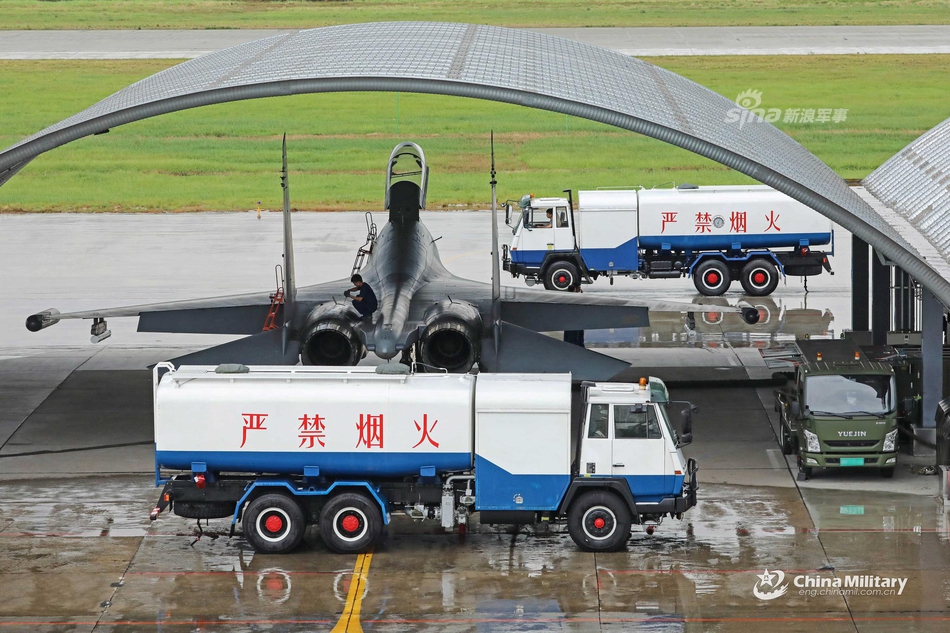
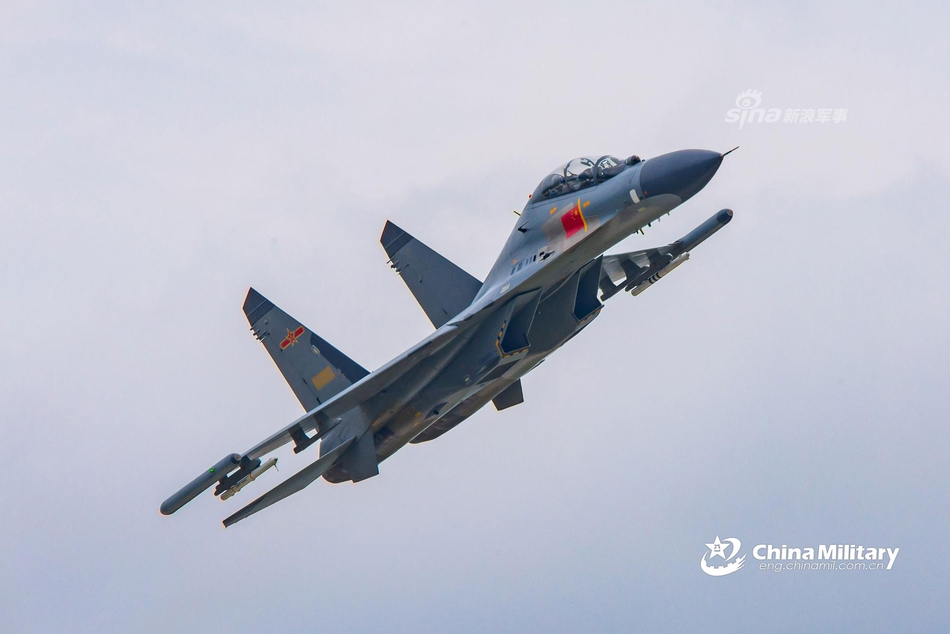
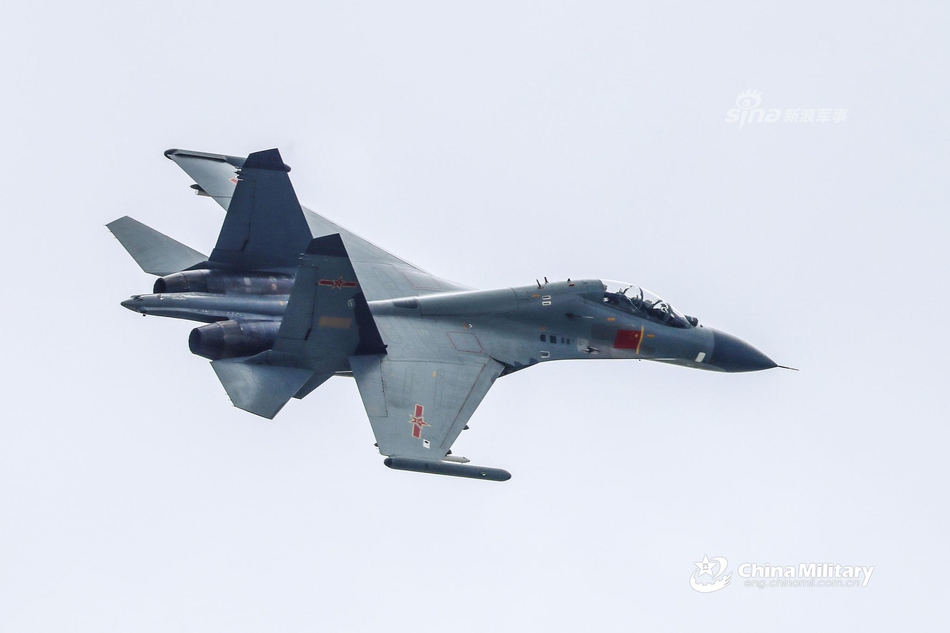
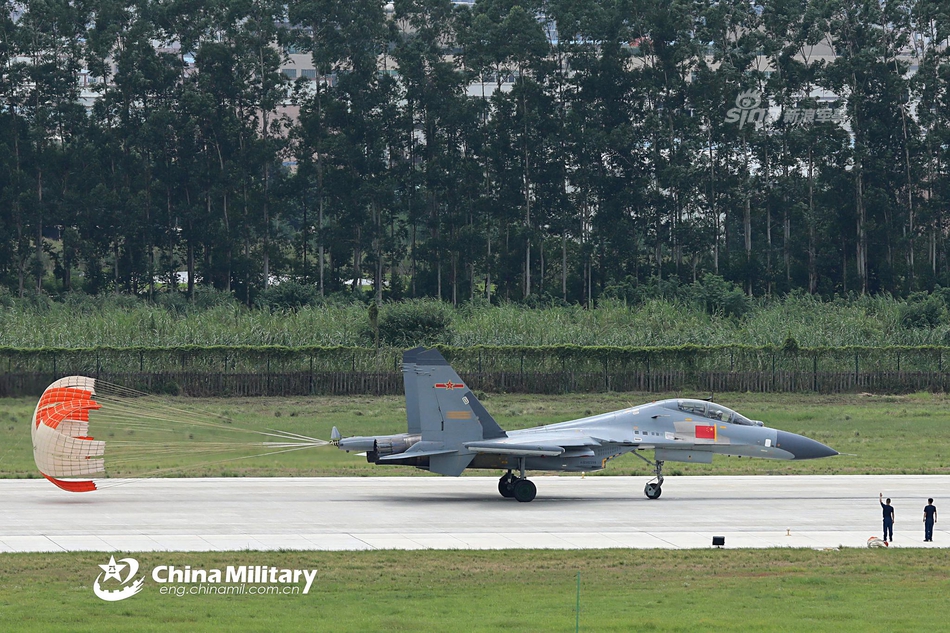
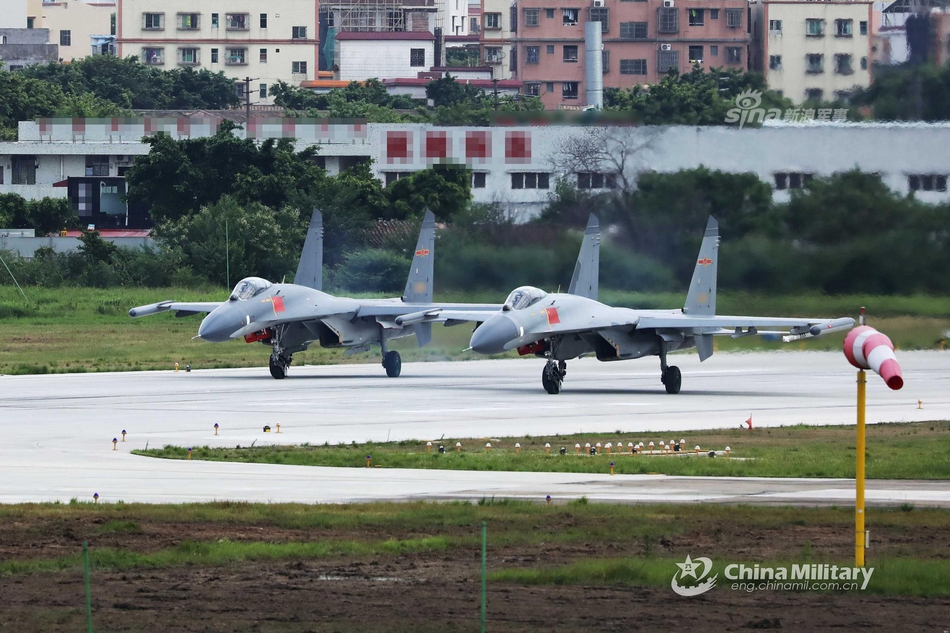

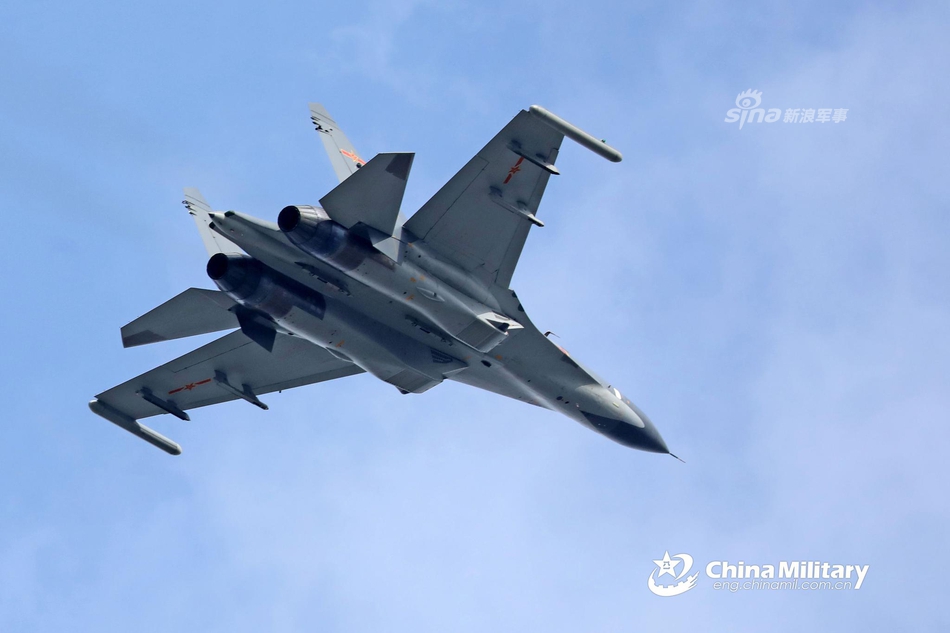
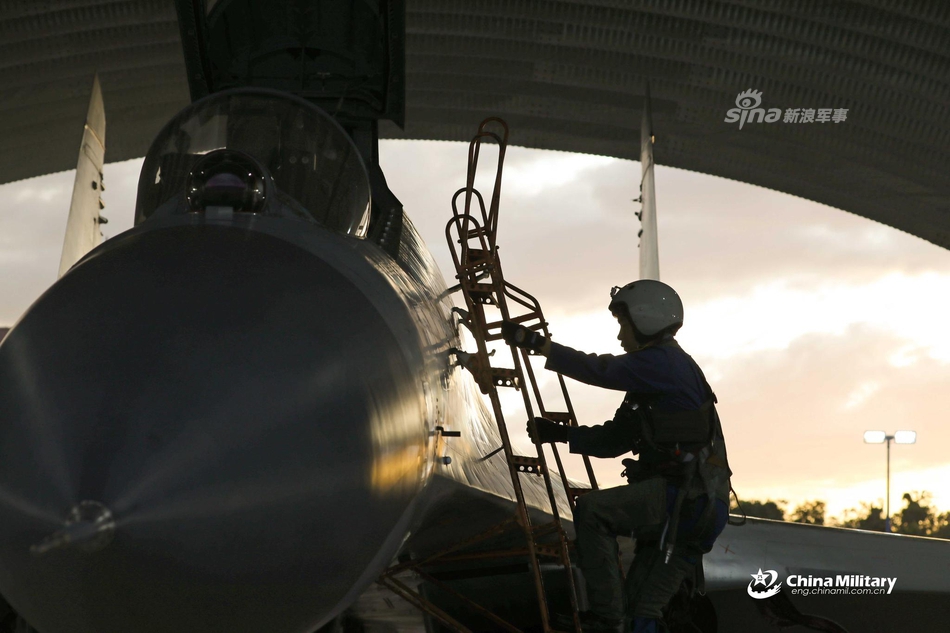
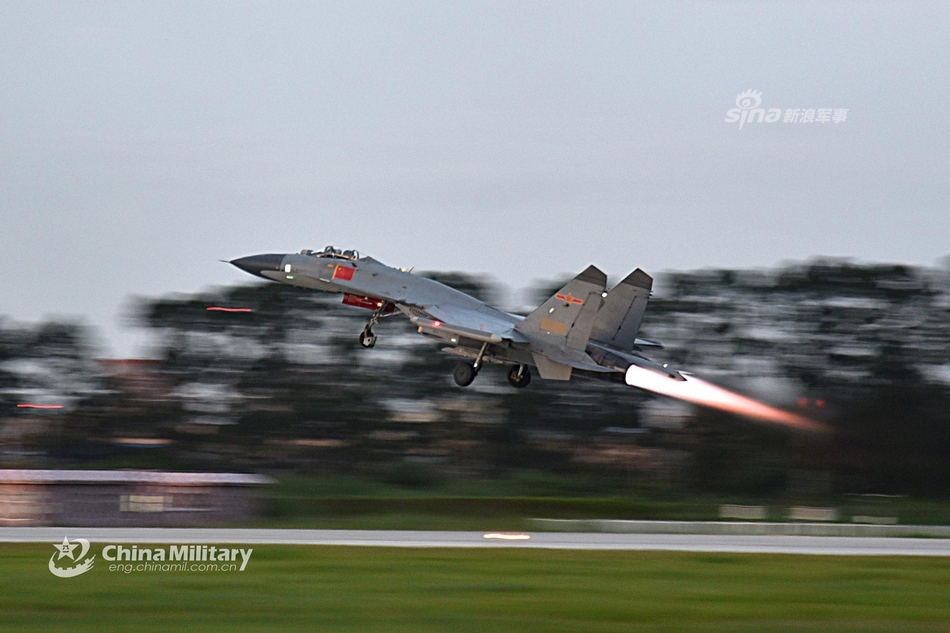
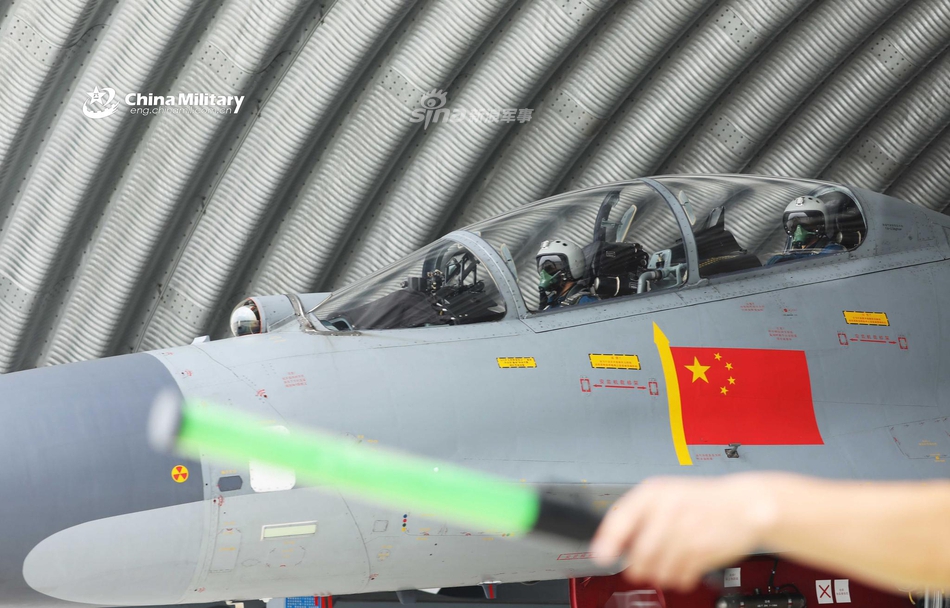
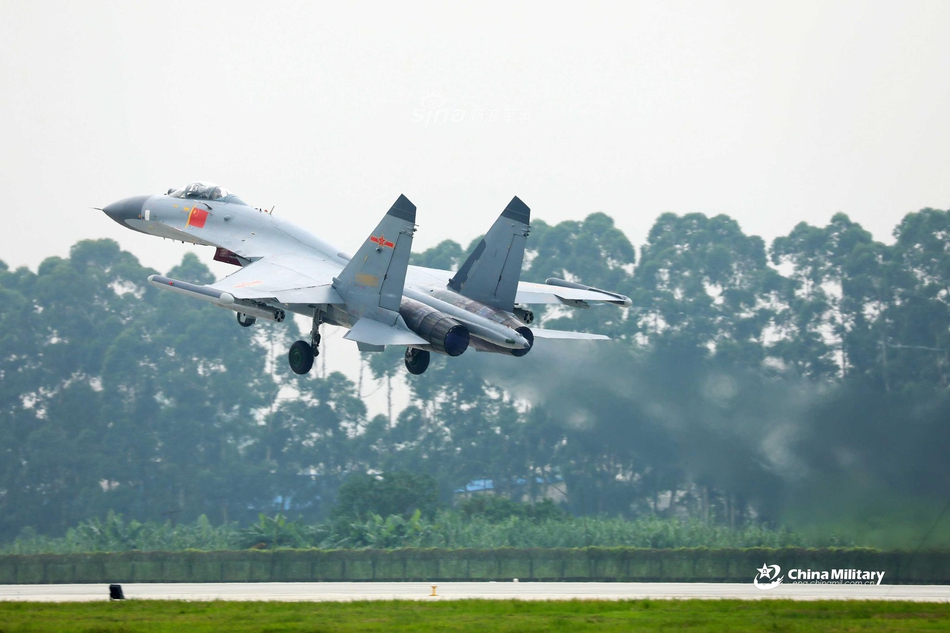
 that can detect track and help lock on to Low Observable targets.
that can detect track and help lock on to Low Observable targets. Didn't you know Indons went to Ah Neh for fighter pilot training?
Didn't you know Indons went to Ah Neh for fighter pilot training? 